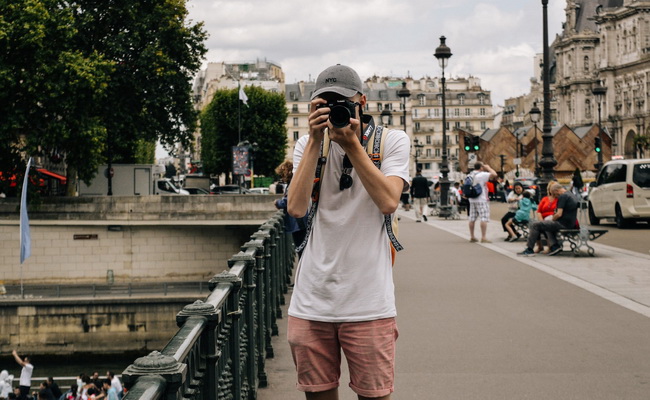The digital camera market has seen some exciting new developments recently.
After a few years of little innovation in the camera market, 2022 has been a year full of exciting new releases and announcements in the digital camera market. Cameras are becoming lighter, faster and most of all: smarter. In this article, we will take you through the ins and outs, must haves, and must-tries in digital camera technology.
Intelligent auto-focus
Autofocus speed and accuracy have long been among the main factors in camera buying decisions. Modern lenses have extremely wide apertures that result in beautiful out-of-focus background rendering. The downside of such optics is the fact that the area in focus is razor-thin. Only the best autofocus systems on the market are able to keep the subjects completely in focus, which makes the bokeh (out-of-focus background and foreground) ever more beautiful.
Until recent years, cameras solely relied on contrast or phase detection technology to find the optimal focus. While this was mostly accurate, this technology isn’t the fastest and isn’t reliable for moving subjects. Once the subject starts moving (or turning their back to the lens) the camera would quickly loses focus.
The latest generation of digital cameras uses AI technology to identify subjects (for example humans, animals, and vehicles) to trace the relevant part of image (such as an eye in a face). This allows the photographer to continuously shoot without ever loosing the ‘sticky’ auto-focus.
According to FrameShot Photography, AI autofocus is a real gamer changer when shooting busy scenes, like weddings, parties or simply a marketplace while travelling. When purchasing a new camera, make sure its autofocus system uses intelligent subject tracking.
Video recording capabilities
While travelling, you might want to shoot videos as well as still photos. The latest generation of digital cameras excels in shooting both photography and videography. A few years ago, still cameras were already able to shoot ‘some’ videos but the quality wasn’t near as good as nowadays. The greatest developments in terms of video recording have been in the areas of resolution (now 4k instead of HD), colours (much more like cinema cameras), bit rate (now 10bit colour which is four times as much as the old 8bit standard), and video codecs. Being able to shoot both photography and videography at a very high quality with the same camera is not only great for travellers, but also for established wedding photographers who can now offer photography and videography as one comprehensive package.
Live streaming
Streaming video live has been a complicated endeveaor until just a few years ago. It would require a camera, a video encoder and a dedicated internet connection, to transfer any video live over the internet. The latest generation of digital cameras is able to live stream HD videos without any additional at all. Simply connect your camera to a mobile phone hotspot and you are ready to go. The camera will automatically encode the video to the required specs and send the stream directly to the video streaming platform of your choice, such as YouTube, Facebook, Twitter, Twitch etc. Especially during the pandemic, video live streaming was an essential tool to bring people together. When you consider buying a digital camera for your travels, keep in mind whether you require live streaming capabilities and if so, ensure that your camera offers this feature
Conclusion
The digital camera market has seen some exciting new developments recently. If you’re in the market for a new digital camera (for example from Sony or Canon), now is a great time to invest.
Photo by Alicia Steels on Unsplash


























































































































































































